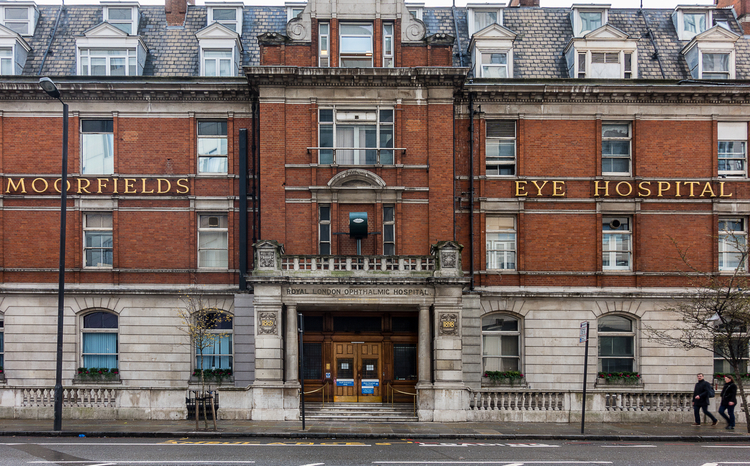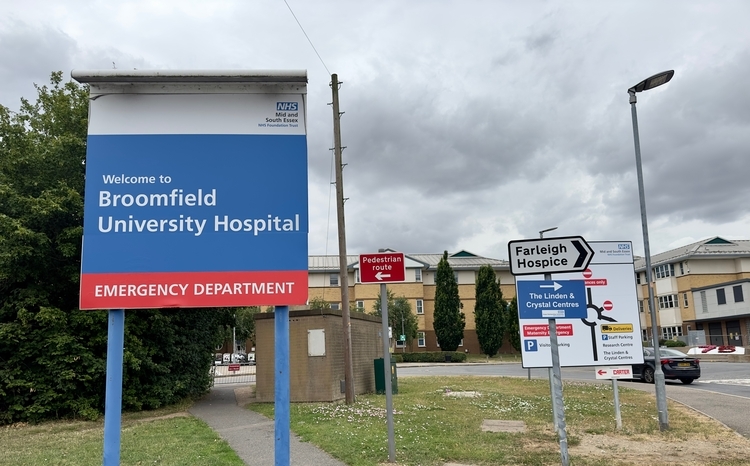Cerner switches on at St James, Dublin
- 18 August 2006
A new Cerner system at St. James Hospital, Dublin, the Republic of Ireland’s largest hospital, combines data, imaging, orders and results and establishes the foundation for a full electronic patient record.
Cerner says patient care will benefit from the successful switch-on of what it describes as a landmark system that unites diverse and complex computer applications involved in the management of patient diagnosis and treatment.
The system unifies the radiology information system (RIS), picture archiving and communications system (PACS) and electronic ordering and displays results for all pathology and radiology examinations within the hospital.
Cerner says that in the radiology department, on the wards, in the laboratory, outpatients, emergency department and theatres – consultants, doctors and nurses are noting how much easier and quicker it is to order and view results saving time for them and their patients.
Dr Neil O’Hare of the hospital’s medical physics and bioengineering (MPBE) department led the project team since its inception and said the system can be further developed.
He said: “While other systems have some of its component parts, the Cerner system is certainly the most integrated and would represent the biggest step forward in Ireland to unite all these different systems. The primary focus for the EPR system is two fold – the improvement of patient care and the reduction of risk factors associated with that care. It is the first phase in the move towards a full electronic patient record.”
Dr Pat Freyne, clinical director of the diagnostic imaging directorate at St. James’, said: “Film and paper is already obsolete in the radiology department. Since the system went live there have been zero requests sent to the department’s transcription queue. Radiologists report that they are reviewing far more examinations than they ever could in the old system. Around 2500 digital studies and 800 reports were completed in the first week. Voice recognition technology means there was no need to spend time on transcribing dictated reports.”
David Sides, managing director of Cerner said “Clinical staff can view and manipulate images on computer screens from anywhere within the hospital. The clinicians can access images instantly and patients no longer have to carry their film packets around the hospital. Cerner’s system makes the process of interpreting images easier and more efficient so patients will receive their results and diagnoses more quickly.”




